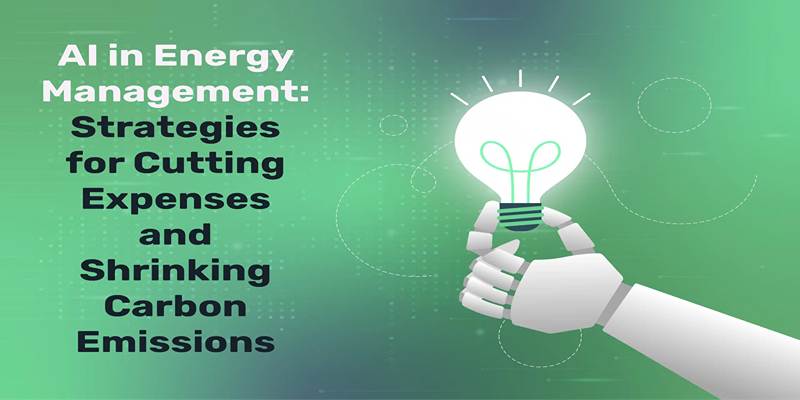An AI model is a program or system designed to mimic human intelligence by learning patterns from data. It powers many technologies we use daily, such as smart assistants, recommendation systems, and even self-driving cars. Unlike traditional programs, which follow explicit instructions, AI models learn by training on vast datasets, enabling them to perform complex tasks like recognizing speech or predicting outcomes.
For instance, digital assistants like Siri or Alexa heavily depend on their AI models based on large sets of language-based data to read speech and have an accurate return. Throughout many experiences, it has become more perfect and efficient as more data gets processed. Hence, AI-based models are fundamentally the backbone of most applications with modern artificial intelligence.
How Do AI Models Work?
Understanding how AI models work requires an understanding of one of the core domains of artificial intelligence: machine learning. This field is responsible for developing systems that learn from data. The creation process of an AI model usually involves feeding data into the model and then letting it find patterns, correlations, or features within that same data. This is sometimes termed "training" the model. At this time, the AI model is constantly adjusting itself so as to fit within an increasingly well-defined solution for performing tasks.
There are several stages involved in developing an AI model. To begin with, the developers will use a dataset that can contain images, text, or any numerical data. The machine learning algorithm then goes through the data and starts to learn how to identify features or make predictions gradually. For example, it may pass on thousands of labeled images with cats and "not cats" in its training process and gradually improve at identifying more cats and separating them from all other objects in the pictures.
Once the model is trained, it should be tested with new data that hasn't been seen to determine that the model can generalize well. Generalization, in the case of the model, refers to the model's ability to perform well with unseen data. Therefore, well-performing models can be used in practical systems such as apps, websites, or even hardware devices.
Types of AI Models
There are different types of AI models, each suited for specific tasks. Some of the most common include supervised, unsupervised, and reinforcement learning models.
Supervised AI Models

These models are trained on labeled data, meaning the input data is paired with the correct output. For example, if a supervised AI model is designed to predict house prices, it might be trained on a dataset containing various house features (like size, location, and number of rooms) and their respective prices. The model learns to map the input (features) to the output (price). Once it's well-trained, it can predict the price of a house based on its features, even if it hasn't seen that specific house before.
Unsupervised AI Models
Unlike supervised models, unsupervised AI models work with unlabeled data. Their goal is to find hidden patterns or structures within the data. Clustering is a common task for unsupervised models, where the model groups similar data points together. An example of this is customer segmentation, where businesses use AI models to identify distinct groups of customers based on purchasing behavior without having pre-defined labels.
Reinforcement Learning Models
Reinforcement learning models learn by interacting with their environment. They make decisions, receive feedback in the form of rewards or penalties, and adjust their strategy accordingly. This type of learning mimics how humans and animals learn through trial and error. It’s commonly used in robotics, game playing (such as AI playing chess or Go), and even in self-driving cars, where the AI must constantly adapt to new surroundings.
Each type of model has its strengths and weaknesses. The choice of which model to use depends on the specific problem being solved and the nature of the available data.
Why Do AI Models Matter?
AI models have become essential because they enable machines to perform tasks that once required human intelligence. From translating languages to diagnosing diseases, these models are transforming industries at a remarkable pace. The medical field, for instance, benefits greatly from AI models trained to detect early signs of diseases in medical images. This not only speeds up diagnosis but can also improve accuracy, potentially saving lives.

In the business world, AI models help companies streamline operations, improve customer service, and make data-driven decisions. Chatbots powered by AI models can handle routine customer inquiries, freeing up human agents to focus on more complex issues. Similarly, predictive models can analyze vast amounts of market data to help companies forecast trends and make smarter investments.
Even in entertainment, AI models play a key role in personalizing user experiences. Streaming platforms use AI models to recommend shows based on what you’ve watched before. These recommendations are generated by sophisticated machine learning models that learn your preferences over time, making it easier for you to find content you’ll enjoy.
Challenges and Limitations of AI Models
Despite their impressive capabilities, AI models face several challenges. One major limitation is the need for large, high-quality datasets for effective training. Collecting and curating such datasets can be costly and time-consuming. Additionally, biased training data can lead to biased AI models, resulting in unfair or inaccurate outcomes.
Another critical issue is the lack of interpretability in many AI models, especially complex ones like deep learning. These models often function as black boxes, making it difficult to understand how they arrive at specific decisions. This is particularly problematic in high-stakes fields like healthcare, finance, or law.
Moreover, AI models require significant computational resources, making them less accessible to smaller organizations. Ongoing research aims to address these challenges by improving model efficiency, transparency, and fairness.
Conclusion
An AI model is a key element of artificial intelligence, allowing machines to learn from data, recognize patterns, and perform tasks autonomously. These models are revolutionizing fields such as healthcare, customer service, and market prediction by providing efficient, data-driven solutions. Ranging from supervised learning to reinforcement systems, AI models tackle complex problems with impressive accuracy. As AI technology advances, these models will become even more integral to innovation, making it essential to understand their function in driving modern technological progress.





